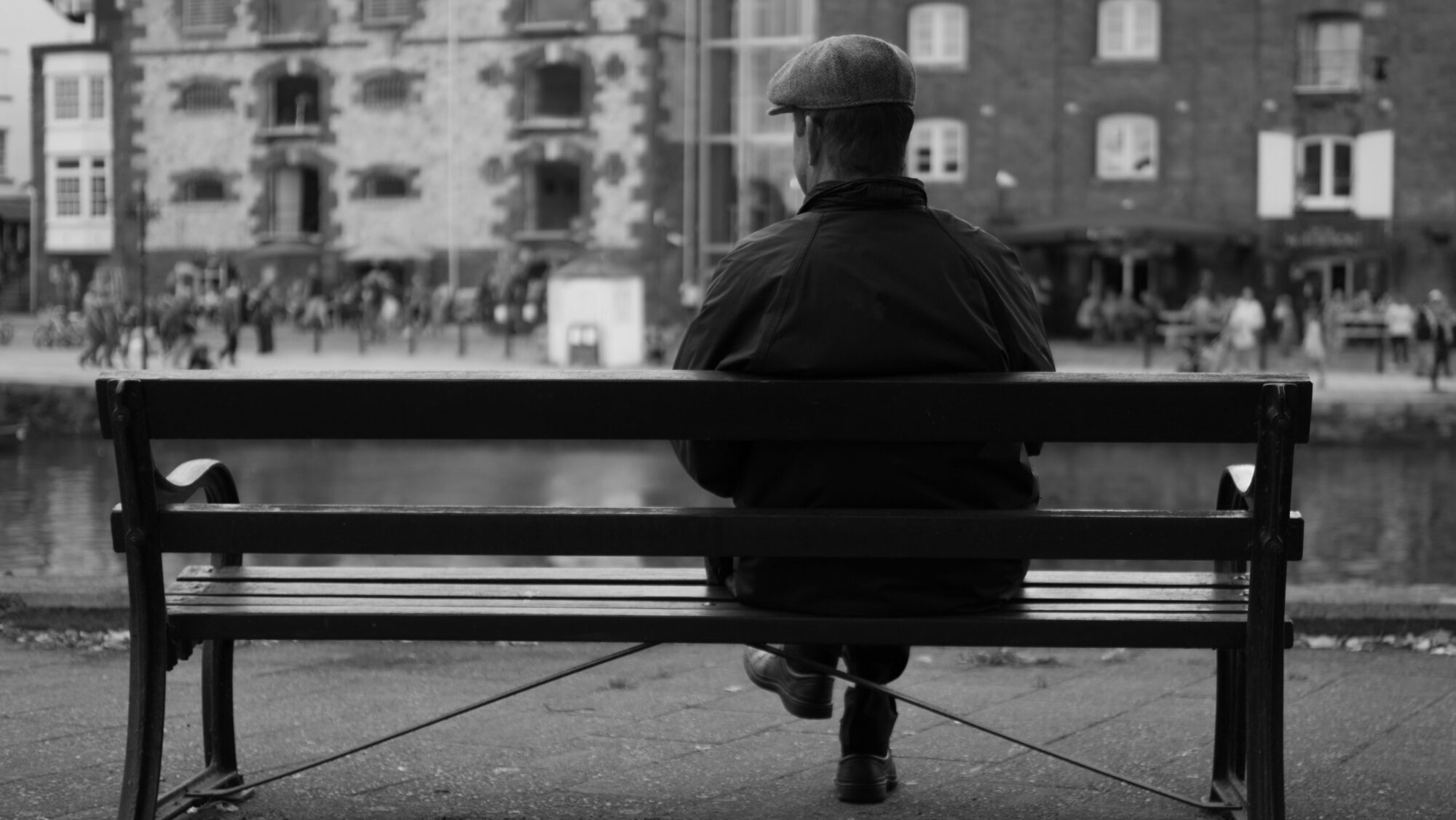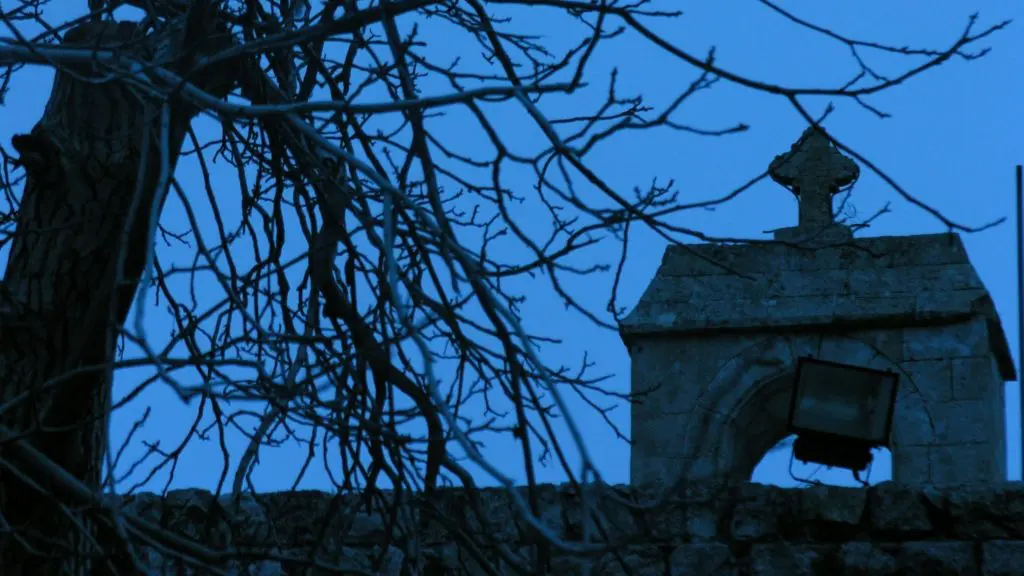Pablo d’Ors starts his latest book with a disclaimer. “If you listen carefully to a story,” he writes, “you will never be the same again, since that story will enter your heart and, like a worm, gnaw away at all the obstacles that oppose the divine.” Not a bad opening salvo, in my view, and one that sets the tone. Los Contemplativos (The Contemplatives) is a book whose author aims to get across deep spiritual truths through stories that are simple, disarmingly so. Mere assertions will not do. For though our hearts long for truth, d’Ors says, we react with “suspicion and hostility” when we find it. This is why the Buddha, Jesus Christ, and other great spiritual teachers clothed their wisdom in narrative. For d’Ors, “it is common to oppose a truth—but it is impossible to resist a story.”
Rather a bold thing for a writer of fiction to say, for it unavoidably raises the question: Can his stories be resisted? The answer, I am afraid to say, is: sometimes—though they are undoubtedly original. The first in this collection, “El estilo Wu,” deals with a man’s friendship with an older woman who lives in his block of flats and teaches tai chi. This woman, Lita Sanromán, exhibits an artless dignity that draws the narrator in. She seems to him to be positively saintly: her face shines; she is always smiling; she “glides through life.” Through discipline—“she practiced her routine twice a day, in the morning and afternoon, for twenty-five minutes”—she achieves this effect. She has found a freedom that makes itself plain in the “cheerful austerity” in which she lives, and the “halo of happiness” that crowns the objects in her home.
Others, then, can inspire us. But they can also take a more active role in our spiritual quest. The central character of “Iniciación al vacio” is a “rather dishevelled,” “socially inept” teacher named Mercandino who is accused of abusing a student. Now a pariah, he flees his home to an inherited house outside the city where, lacking the means to furnish it, he keeps his books in kitchen cabinets and the fridge. (In one of these cabinets, the narrator comes upon the complete works of “one Pablo d’Ors” …) Mercandino starts to visit a local gym, where he meets a beautiful, young, almost angelic Venezuelan who seems his polar opposite. Through this friendship, Mercandino begins to turn things around.
Friendship blossoms into something more in “Biografía de la sombra,” in which a gifted young musician called Lois is invited to study at the prestigious Heidelberg Institute. His teachers are reluctant to let him leave. Lois has begun to suffer from “moments of absence,” intermittent bouts of full-body paralysis during which he “goes to another world.” But he is desperate to go, chiefly because, though he is tall, handsome, and mysterious, he has not yet lost his virginity. In Germany, he encounters a widow and poet thirty years his senior …
D’Ors sets mind against spirit in “Torre de observación,” in which Dr. Frade, a psychiatrist who has reached an “almost pathological” point of self-involvement and sensitivity meets a “discreet, noble, mysterious” hospital chaplain named Joan Von Wobeser. Van Wobeser lives in cell-like quarters in a tower that rises high above the hospital and looks out on Madrid. For him, pain is a simple misunderstanding, caused by our desire to get rid of it, and every face is the face of God. His benevolence impresses and then inspires the more worldly and technically minded Dr. Frade to become something like his disciple, and see that reality is far vaster than that encompassed in the reductionist, materialist account.
But signs of modesty of the kind seen in Van Wobeser’s cell do not in themselves make a person wise. In “Casa giratoria,” d’Ors casts light on the difference between authentic spirituality and pride clothed in its mantle. Tina, who has “passed thirty and had two romantic failures,” goes to stay on her old friend Estrella’s farm, where she hopes to take stock. Estrella inducts Tina into what she is at pains to show is a more enlightened way of living: growing food, cutting wood, walking in a forest populated by pigs and bears. Estrella is fond of announcing “How green this all is!” and “How connected I am!” Tina, quite reasonably, begins to feel uncomfortable. The trouble is that Estrella seems to know the words but not the music: for all her declarations of joy, she does not seem all that happy, and is perhaps more concerned with creating the impression of living a ‘connected life’ (to the extent that she dirties new items of clothing so they go with her rigidly earthy aesthetic) than actually living one. The story takes a darker turn when Tina tries to leave.
Of course, human beings are not the only animals from whom we can learn a thing or two. The narrator of “Laska” muses that “dogs do not just teach us how to love but also show us who we are.” He left his dog with his father when he moved to the city and discovered his life vastly improved. But following Laska’s death, he finds himself reflecting on the relationship. He broods on the “immense and total love: that Laska showed and considers how a dog’s life is defined by waiting: waiting for treats, for mealtimes, for “a glance from his master.” Such patience, he comes to see, is a profound expression of love.
In my view, d’Ors saves the best for last. “La vía media” tells the story of Ferrer, who does not leave his mother’s bedside for 18 months after she falls ill. He grows thin; he renounces his possessions; and he declares that he wants to live an “elementary life” and “start from scratch.” So as “not to think,” he moves to a cabin outside Murcia and lives there in solitude for two years. When he returns, he is lean and sinewy (oddly, the narrator describes him as looking like Clint Eastwood) with an air of self-possession. The narrator is stunned by his generosity. But his behaviour does not fit into any preconceived scheme, for his truly authentic (per Thomas Merton: “For me to be a saint means for me to be myself”). The silence and solitude of his retreat have changed him. “Only in solitude do you know what the wasps are like,” he says. But the story does not end there. Ferrer founds a successful photocopying business, gains weight, meets a beautiful woman and (essentially) lives happily ever after, having found the via media of the story’s title.
There is for the most part a lightness to these stories, but d’Ors is nonetheless attempting to grapple with some weighty themes. The thread that runs through them is there in the title of the collection. Through different forms of contemplation, the characters reach for what Hölderlin called heimkehr (‘home-coming’) and begin to heal the breakages that have formed between themselves and their world. The stories were reportedly inspired by the contemplative path laid out by Franz Jalics, the Hungarian-born Jesuit priest captured during Argentina’s Dirty War. Jalics survived five months of captivity by repeating the name Jesus Christ. D’Ors considers Jalics a teacher and has a framed photograph of him in his home.
But readers who know Pablo d’Ors will hear familiar notes being struck in this collection: the primacy of attention, the need for self-knowledge, and the spontaneous transformation of the world through the conscious transformation of the self. As it is for Iain McGilchrist, author of The Master and His Emissary and The Matter of Things, so for d’Ors, attention is “a moral act,” for it brings a particular world into being. (Elsewhere, he paraphrases Simone Weil in calling observation the “mother of all virtues.”) To contemplate is to pay close attention to ourselves without judgement, for when we do, we recognise that pride is both absurd and self-defeating, and we start to bring our most radical, truest selves to the fore. Or so it seems to d’Ors, who charted his spiritual journey in “Biografía del silencio” (Biography of Silence), an essay on meditation that was a runaway success in his native Spain.
The challenge such a writer faces is writing for a largely secular audience in a secular age, an age in which we would rather find ourselves than lose ourselves. The ‘authenticity’ of the Insta-guru seems less a matter of humility and self-discipline and more about trying on identities until something fits. But perhaps the two are not so far apart. Bacon may well have been right when he wrote that “it is a poor centre of a man’s actions, himself”; but at least in some cases, self-centredness can lead to something more profound. After all, Saint Augustine, Saint Francis, and Thomas Merton walked such a path. And likewise, we too will find ourselves if we lose ourselves. The paradox is captured in the words of Christ: “whoever loses his life for My sake will find it.” D’Ors, to his credit, does not water down his message or try to make it—to use that rather depressing word—‘relevant.’ Indeed, he has said that he believes that if literature is good, then it is good full stop, as it were: it is not only good to a small cohort of readers to whom its contents naturally appeals. The success of Biografía del silencio would seem to prove this.
In Los Contemplativos, d’Ors writes with a quiet enthusiasm for the intense sobriety—which is not at all to say aridity—of a life devoted to the fullness of each moment. The narrator stands in awe of the quasi-saintly characters he meets. But there are no grand gestures here. His heroes show their wisdom through humour, discipline, loyalty, humility, a willingness to walk away from worldly life. “Life lies behind what we call life,” d’Ors writes in Biografía del silencio. “What we call life is merely liveliness.” For d’Ors, we have got things backwards. We must, if you like, get out of our own way if we are to experience anything more than the soap opera of our emotions and the triviality of our daily concerns. Like the cult director Werner Herzog, d’Ors is an author always telling the same tale in different ways: a man, fed up with the mediocrity of worldly life, starts out on a journey towards something more real, or meets someone who is taking just that journey.
Overall, there is something discordant about the lightness with which d’Ors treats his heavy subject matter in Los Contemplativos. His stories are attempts at parables, but you cannot help imagining their conclusions being read in a tone of voice more suited to a bedtime story. It is ironic, as well as unfortunate, that in trying to depict people who have got the better of the shallowness of life, he often renders that achievement superficial. It is puzzling precisely because of how profound and far-reaching his writing is when he is at his best. Bound up with this is the sense you get reading Los Contemplativos that it is a thoroughly didactic exercise. For Dryden, literature should instruct and delight; the trouble with Los Contemplativos is there is perhaps too much instructing and too little delighting. The author has a point to make which, though not in itself a bad thing, can undercut his storytelling, which at its best—and I do recommend his slim novel El amigo del desierto (The Friend of the Desert)—is rich and insightful. At times in this collection, the story seems so didactic that once you have its central thrust, it seems needless, even otiose, to carry on. But of course, your mileage may vary; and a writer furnished with such gifts as Pablo d’Ors is always liable to fall victim to the high standards that he himself has set.







